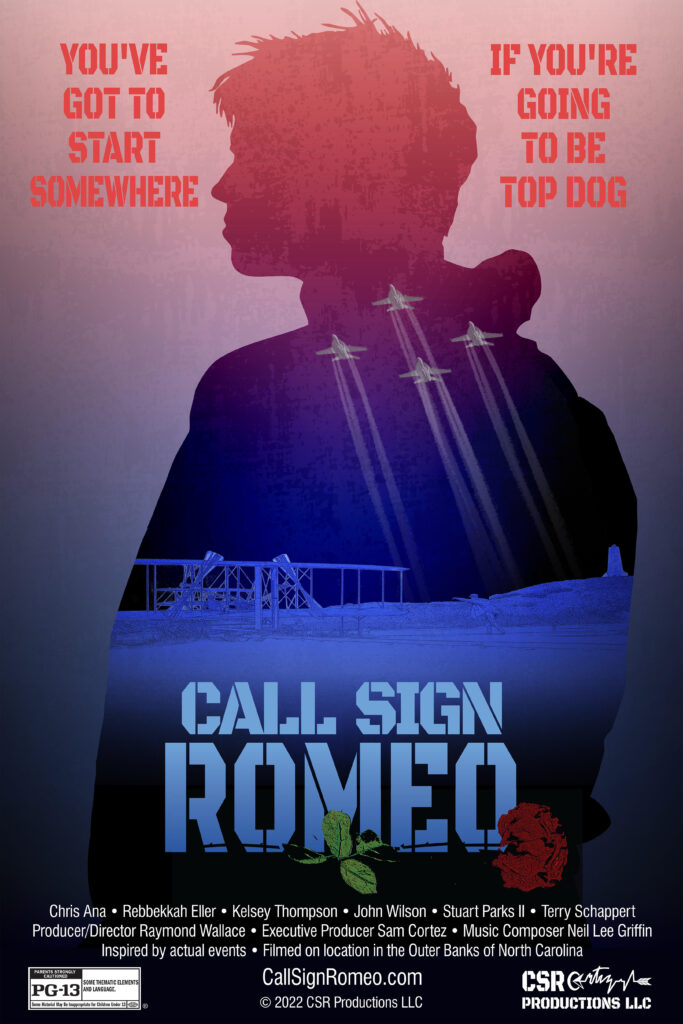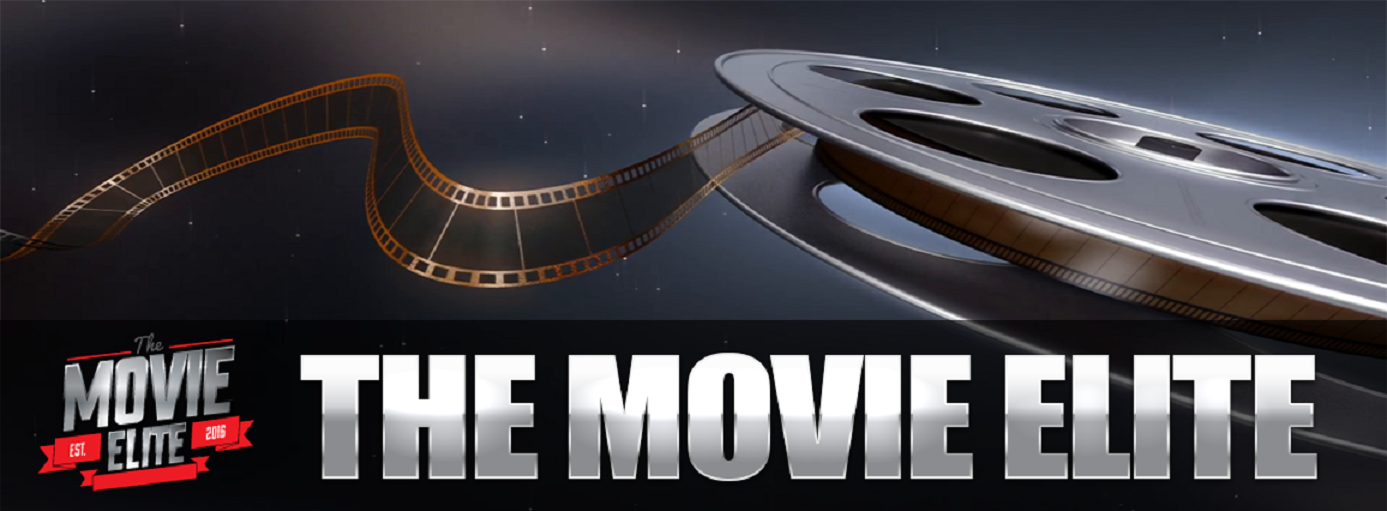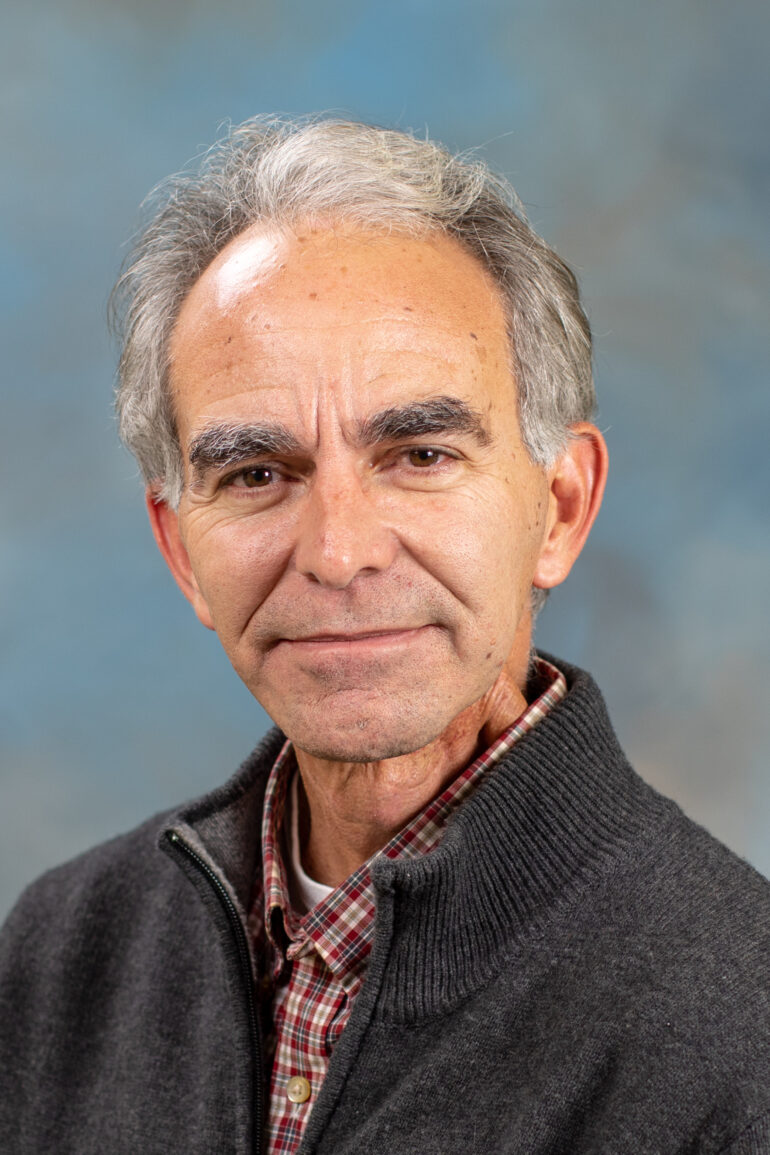Call Sign Romeo is your first credit as a producer and as a screenwriter. What brought you to this film, its plot, its execution, at this stage of your career? Where and how does this movie fit into your life at this point in time?
Although the story and characters are fictitious, some of the things that happen in the movie happened in real life. I started stringing the events together and created a story out of it. As it continued coming together, people became more interested, and I just kept working on it little by little. Over time, the pieces started to fall into place. It was very encouraging to see the final movie play locally in the theater all summer last year.
Tell me a little bit about the film and how it relates to your life, personally and professionally? Is there some backstory in a biographical sense?
The events that shape the story generally took place several years ago, including in particular the local high school wrestling team pursuing individual & team state championships, and how it ultimately resolved. In addition, the fights at school, the girlfriend going to West Point, the wrestling banana split and Kortezki v2, applying to the Naval Academy, and the mix-up with the Congressional nomination were all based in reality. Having key concepts to draw from made the story and the screenplay easier to put together.
The film is very well shot. Talk about the cinematography a little bit and how you went about hiring Raymond Wallace, the film’s director. The locations are nicely chosen as well.
I had been working with Raymond on the movie’s concept, and we ultimately decided that the Outer Banks of North Carolina would be the perfect place to film the movie. The story, about a high school senior that wants to be a fighter pilot, is a natural fit to many of the attractions of the area. Orville and Wilbur Wright first took flight in the Outer Banks, and the Wright Brothers National Memorial is right across the way from the local high school. In addition, the Navy has a bombing range in the area, so fighter jets roaring overhead is a daily occurrence. Ultimately, through Raymond’s direction, I think the story and the locations worked together nicely.
Your cast seems very green, but also very authentic. Discuss the audition process and finding all these young performers. It almost feels like the roles were written for them specifically. Was there any collaborative process with the cast, or did the roles stay locked on the script … meaning: Was everything we saw in the film “as written,” or did anything in the script change as according to how the actors were performing and portraying their roles on set?
We had virtual auditions, which were necessary because most of the film’s production took place during Covid. We needed five young actors for the wrestling team, and they needed to be of significantly different sizes. One silver lining of Covid for us was that most high schools and colleges were holding classes virtually, so we were able to utilize actors that otherwise may not have been available. We always listened to the cast for authenticity in the dialogue and actions. One significant addition was during a scene midway in the movie following an intense conversation. At the scene’s conclusion, the actors improvised a group hug, because it felt right for the moment. We liked it so much we wrote it into the script and had them do several takes. But the one that worked best was the improvised, authentic one, and that’s the one we kept in the film.
The wrestling was plentiful in the movie. There must’ve been quite a lot of choreography beforehand. Talk a little bit about the matches we see and how those matches were coordinated and paired with your actors.
Most of the actors had wrestling backgrounds. That meant that we could specify the outcome we needed (pin, lateral drop, escape, etc.) but how the wrestlers got to the outcome was generally up to the wrestlers and the Wrestling Coordinator. So when Chris and Kid Hulk went at it, the scene got physical, and we just settled back and filmed. Obviously, we needed multiple takes, so by the end both guys were exhausted. Same thing with the USNA wrestling scene, where Chris is taken apart by two “Navy SEALs.†All three guys were athletes, so in real life the actors playing the “SEALs†pretty much wore Chris down, and we filmed it happening. I think this physical approach added to the authenticity of the wrestling scenes.
The film is remarkably slick and looks as good as anything I’ve seen lately in a theater or on streaming platforms. How have audiences responded to the film and have you thought about doing a follow-up feature that continues on with some of these characters?
Audiences have been very positive on the movie and the cinematography. Because we filmed during Covid, we were restricted as to how many people could be indoors at once. Therefore the “crowds†in the gymnasium required some creativity with tight shots and lighting. If we could remake the film under normal conditions, with a big budget, well-known actors, and a wide marketing push, it would be a surefire financial winner. As for continuing on with the characters, we know “Romeo†is what Chris’ girlfriend calls him, and we know he isn’t yet a fighter pilot, so exactly how “Call Sign Romeo†happens has yet to be revealed. We filmed a scene heading in that direction, which was ultimately cut for at least three reasons. However, the Army-Navy football game is played every December, and that may be an interesting place to start…
What are some films that might’ve inspired this one? Did you look to any specific film or touchstone era to inspire you as you were writing it?
We were looking to do an inspiring movie the whole family can enjoy, so Rocky and Top Gun come to mind. Others include military aspirationals such as An Officer and a Gentlemen, and Annapolis, and reality inspired big challenges such as Rudy, McFarland USA, and Miracle. We also wanted a driving rock and roll soundtrack for the wrestling, as both Rocky and Top Gun have memorable soundtracks. The movie is not set in any particular timeframe, and there are no clear signals as to when it takes place. This may help the audience relate to it, as some may think it’s a throwback to the 80’s, while others that weren’t even born at that time may think it takes place in the present.
What were some of the biggest challenges you faced while producing this? What were your more rewarding moments while producing it?
Filming during Covid was a challenge, and we abided by all the protocols and best practices. Ultimately we got through it, and no-one got Covid. The support from the community for filming in the Outer Banks was fantastic. We were able to utilize numerous businesses and locations, and thereby highlight the beauty and attractions of the area. At one point we were filming on the beach, driving along with a camera and drone set up in the back of a pickup truck. One of the actors turned to me and said “This is the best day of my life.â€
Would you consider this a coming of age film? Who do you think would be its best targeted audience?
I would consider this an inspirational drama, along the lines of Rocky or Top Gun. However, in those movies, Rocky Balboa and Pete Mitchell are quite a bit older than the protagonist in Call Sign Romeo, Chris Torres. So there may be a little bit of a coming of age theme in there, along the lines of Karate Kid, or sticking with Tom Cruise and the getting into college concept, Risky Business. We were seeking a broad target audience, and based on the demographics of the audience that attended the theatrical release, the movie seems to have been well received by a wide range of ages, from pre-teen through seniors. As one of our movie reviewers wrote, Call Sign Romeo is a “feel good movie of a dreamer in motion…a slice of PG-13 entertainment that you can fully share with your family and kids.â€



